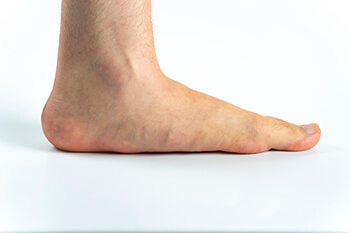
When it comes to foot injuries, understanding the types of broken bones in the foot is essential for effective diagnosis and treatment. Each foot contains 23 bones that may sustain an injury. A closed, or simple, fracture involves a break in the bone without piercing the skin. An open, or compound, fracture is more severe, where the bone breaks through the skin or is exposed due to a wound. This requires immediate medical attention due to the risk of infection. Greenstick fractures are commonly seen in children. These involve small, slender cracks in bones, as children's bones are more flexible. Hairline fractures, often called stress fractures, result from repetitive stress, particularly in activities like jogging or running. These tiny cracks frequently may occur in the long bones of the foot. Complicated fractures entail injuries to surrounding structures, such as veins, arteries, nerves, and the bone's lining, which may call for careful assessment and treatment. Comminuted fractures shatter the bone into small pieces, resulting in a slower healing process and requiring extensive care. Avulsion fractures occur when powerful muscle contractions pull pieces of bone where muscles attach to bones via tendons.
A broken foot requires immediate medical attention and treatment. If you need your feet checked, contact one of our doctors from New England Foot & Ankle . Our doctors can provide the care you need to keep you pain-free and on your feet.
Broken Foot Causes, Symptoms, and Treatment
A broken foot is caused by one of the bones in the foot typically breaking when bended, crushed, or stretched beyond its natural capabilities. Usually the location of the fracture indicates how the break occurred, whether it was through an object, fall, or any other type of injury.
Common Symptoms of Broken Feet:
- Bruising
- Pain
- Redness
- Swelling
- Blue in color
- Numbness
- Cold
- Misshapen
- Cuts
- Deformities
Those that suspect they have a broken foot shoot seek urgent medical attention where a medical professional could diagnose the severity.
Treatment for broken bones varies depending on the cause, severity and location. Some will require the use of splints, casts or crutches while others could even involve surgery to repair the broken bones. Personal care includes the use of ice and keeping the foot stabilized and elevated.
If you have any questions please feel free to contact our offices located in Wakefield, MA, Nashua and Derry, NH . We offer the newest diagnostic and treatment technologies for all your foot and ankle needs.




